Antoni Gaudi shaped Barcelona's urban landscape with his modernist architecture. His buildings display organic forms, natural motifs, and structural innovations. The Sagrada Familia, Casa Batllo, and Park Güell exemplify his experimental construction methods that brought international recognition to Barcelona.
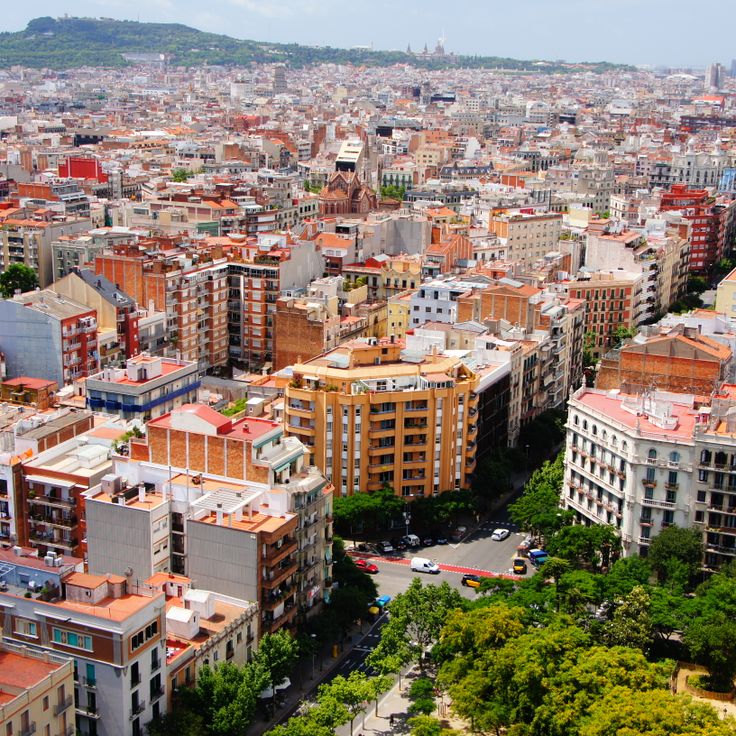
Barcelona, Spain
This Roman Catholic basilica displays Gaudi's interpretation of Gothic and natural forms with 18 spires.
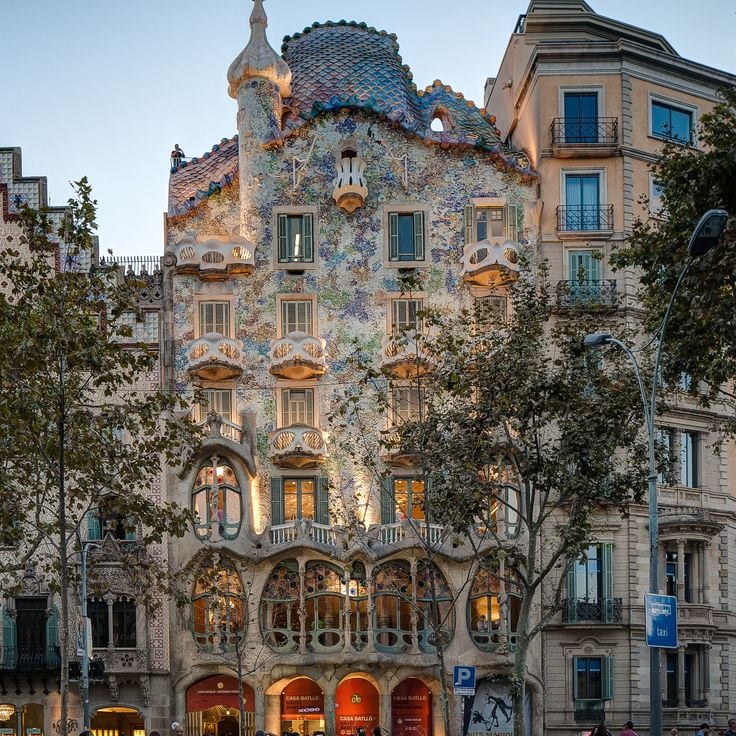
Barcelona, Spain
This residential building from 1877 was remodeled by Gaudi using colored mosaics and undulating shapes.
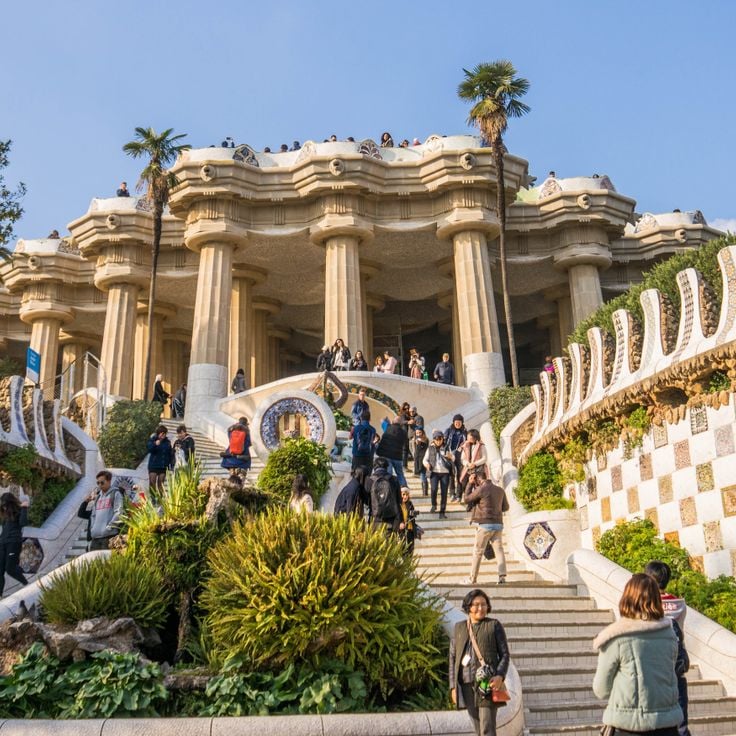
Barcelona, Spain
The park combines horticulture with structural elements including the long stone bench and salamander statue at main entrance.
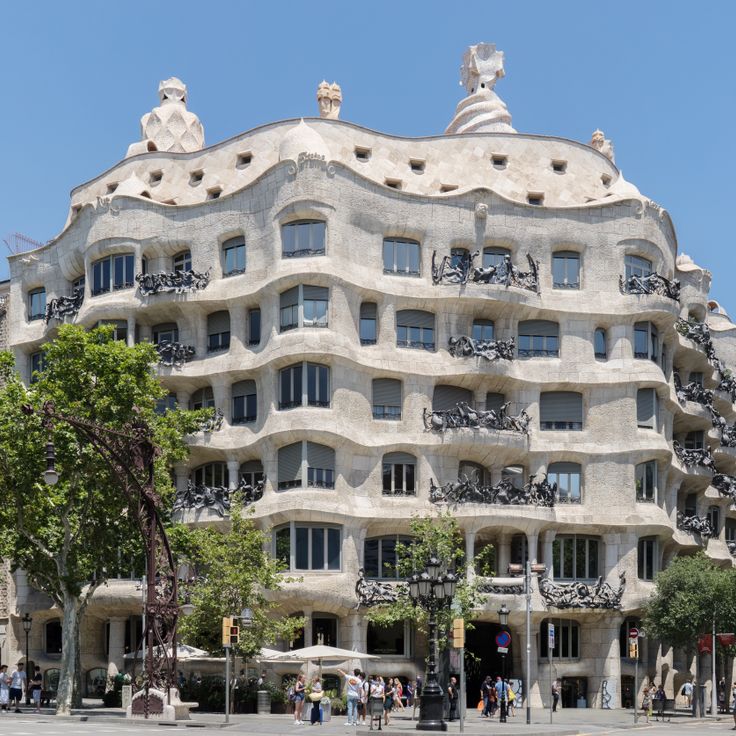
Barcelona, Spain
An apartment building with curved stone facade, wrought iron balconies and a roof with soldier-shaped chimneys.

Barcelona, Spain
A 19th century urban palace featuring innovative spatial design and decorative wrought iron elements.
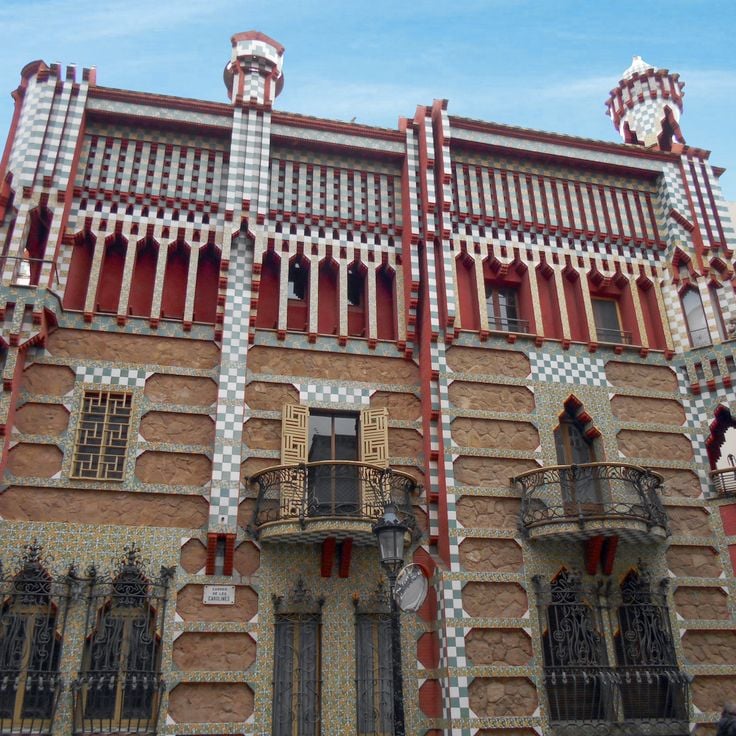
Barcelona, Spain
A residential house with Moorish influences, green and white ceramic tiles, and wrought iron grilles built in 1885.
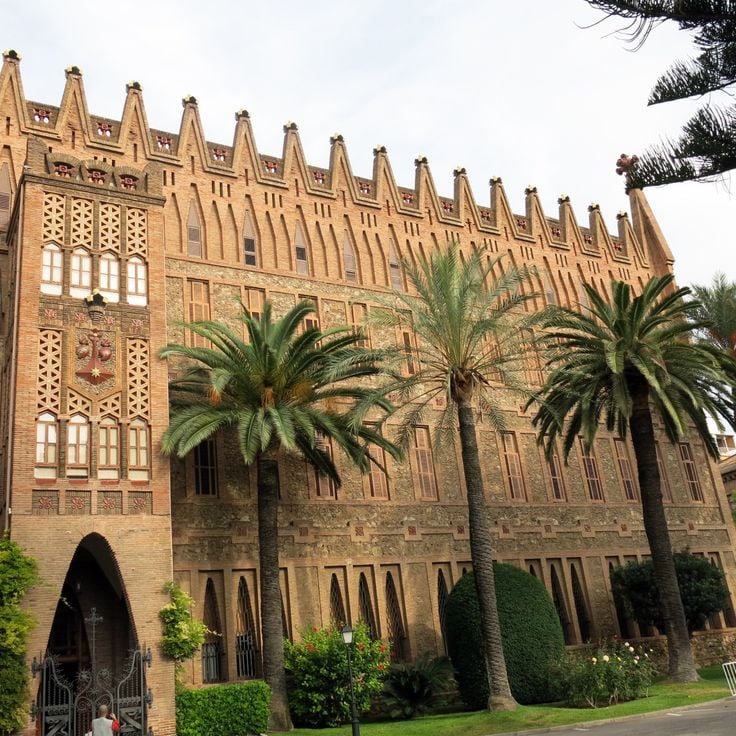
Barcelona, Spain
An educational complex with brick facade and geometric patterns, built in 1889 for the Order of Saint Teresa.
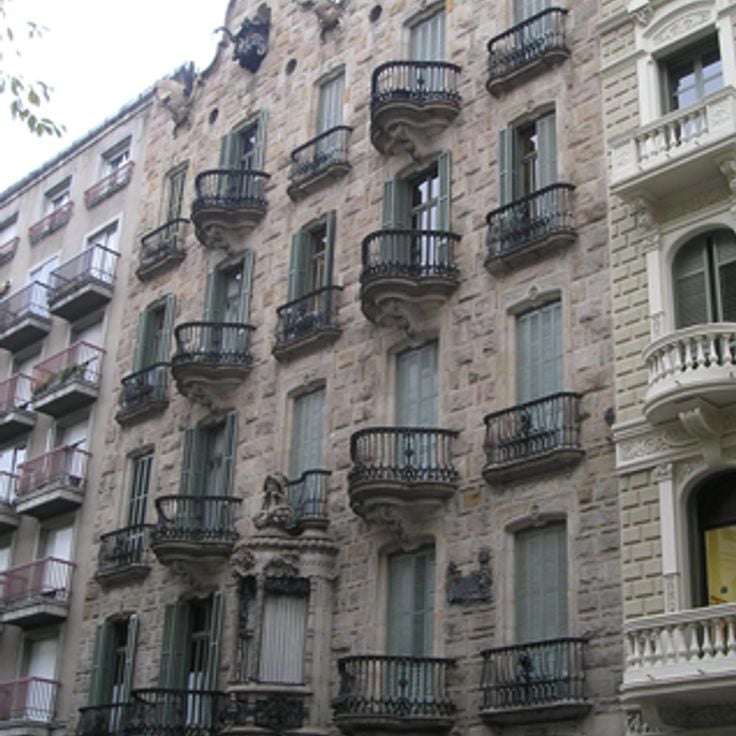
Barcelona, Spain
A building from 1899 with sandstone facade that combines commercial spaces and apartments.
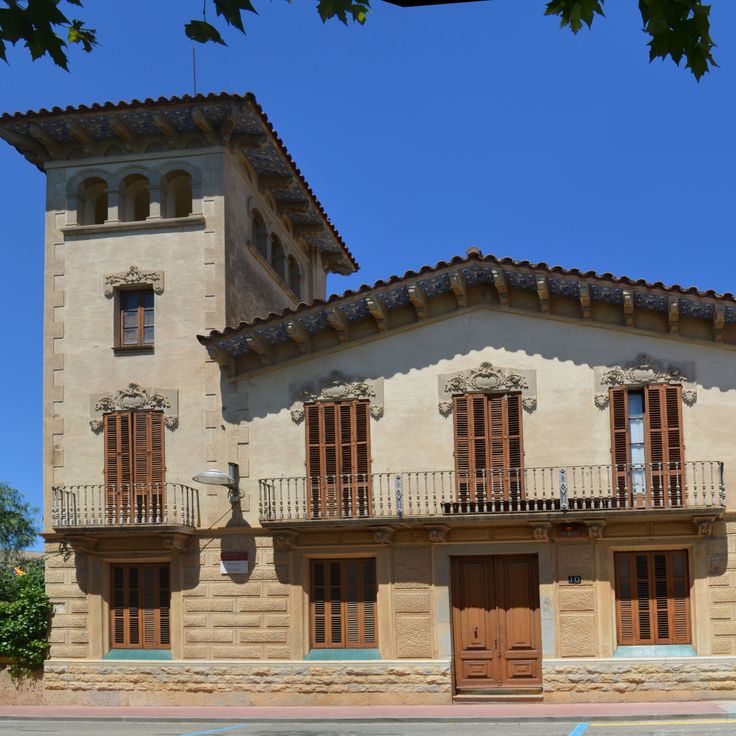
Barcelona, Spain
The building was a glove factory until Gaudi transformed it into a confectionery shop. The facade displays natural stone elements.

Barcelona, Spain
A manor house from 1909 featuring steep towers and geometric patterns made of stone and glass.
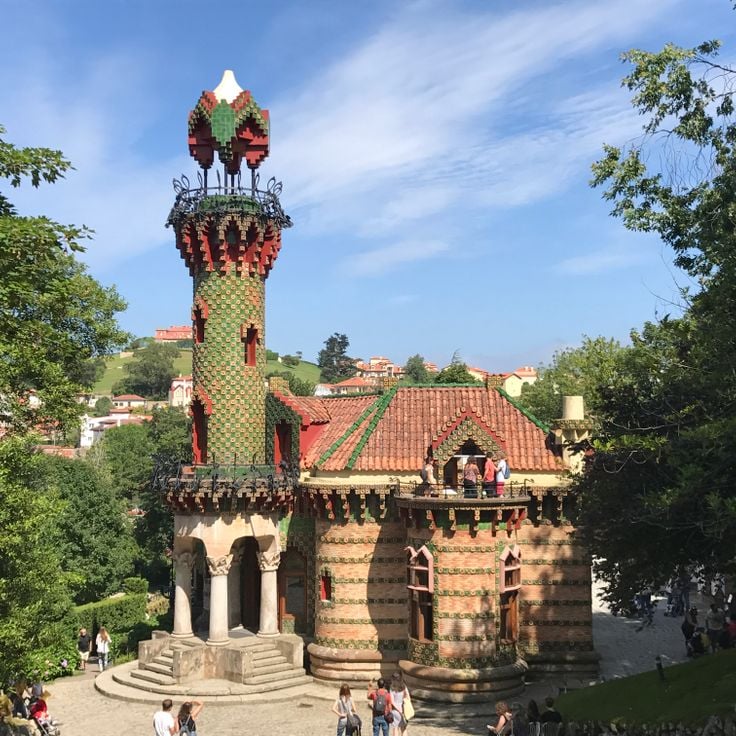
Comillas, Spain
This summer residence from 1885 displays oriental influences with a minaret and colored ceramic tiles on the facade.
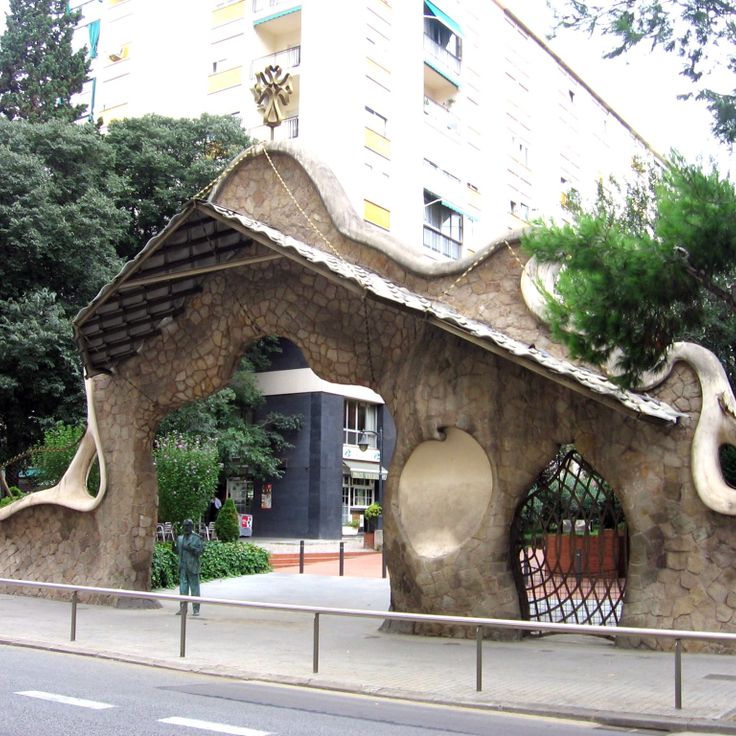
Barcelona, Spain
An entrance gate from 1901 with curved ironwork and stone wall, designed for property owner Hermenegild Miralles.
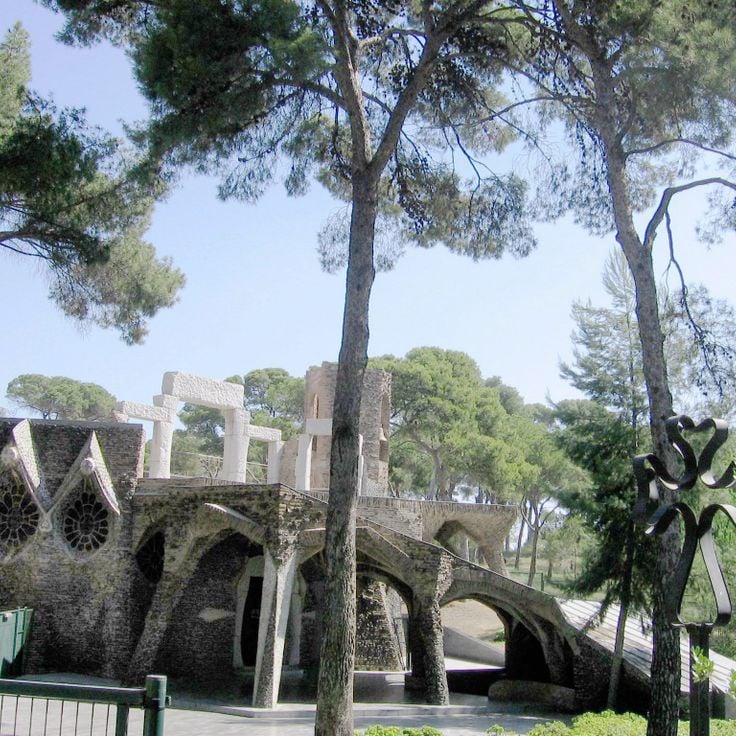
Santa Coloma de Cervello, Spain
This underground church structure features innovative use of columns, arches and vaults in its architecture.
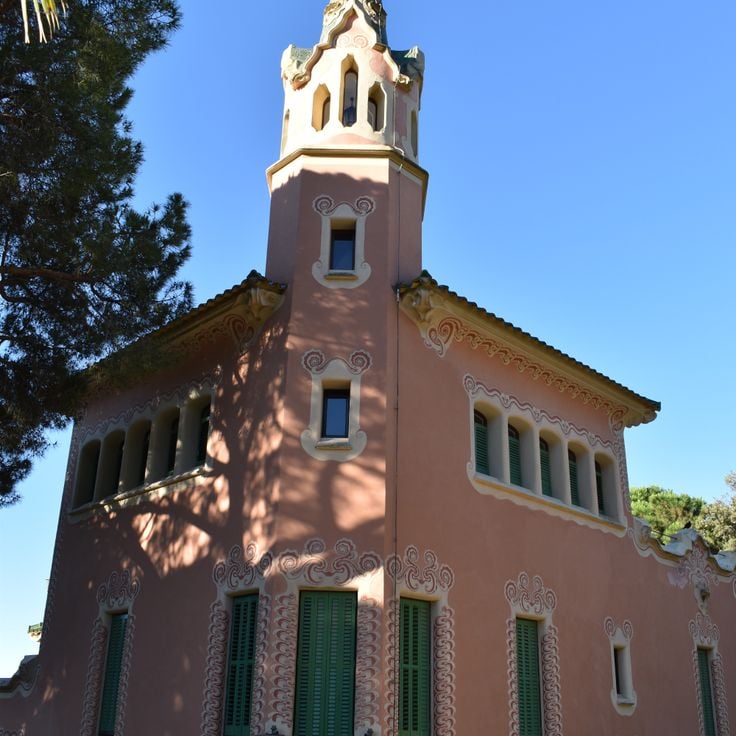
Barcelona, Spain
The pink building contains personal items of the architect and displays his living spaces from 1906 to 1926.

Barcelona, Spain
The entrance complex consists of three buildings with an iron dragon gate leading to the Guell family estate.
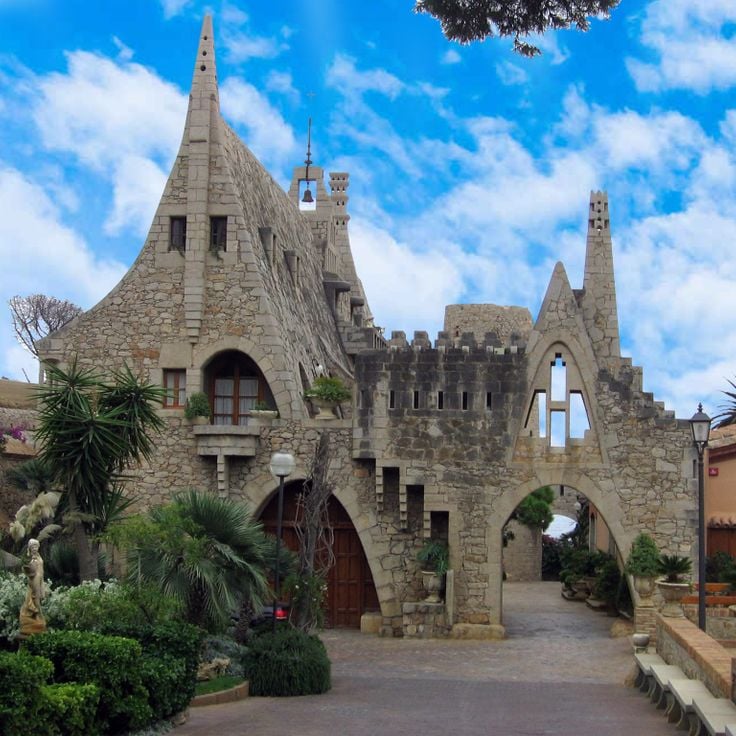
Garraf, Spain
The winery complex combines stone walls with brick roofing and includes a chapel with parabolic arches.
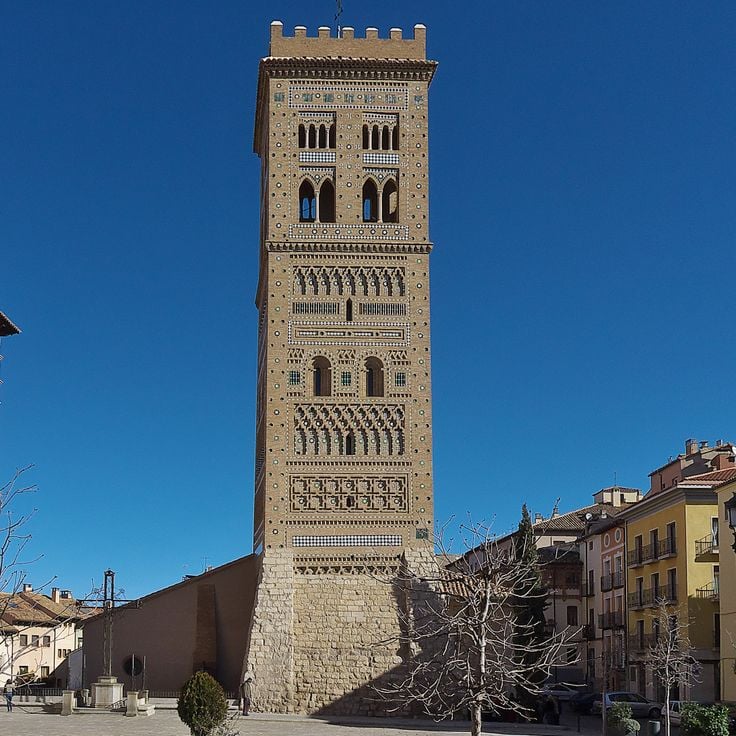
Teruel, Spain
The bell tower displays the combination of Islamic and Christian architecture in Mudejar style, with modifications by Antoni Gaudi.
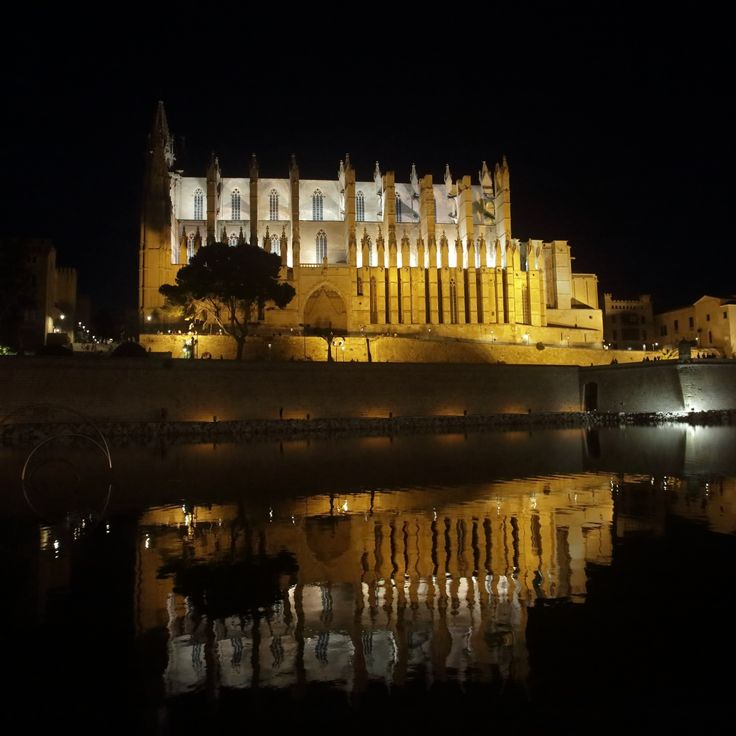
Palma, Spain
Antoni Gaudi conducted structural improvements to the gothic cathedral in 1904, including moving the choir stalls and redesigning the chapels.